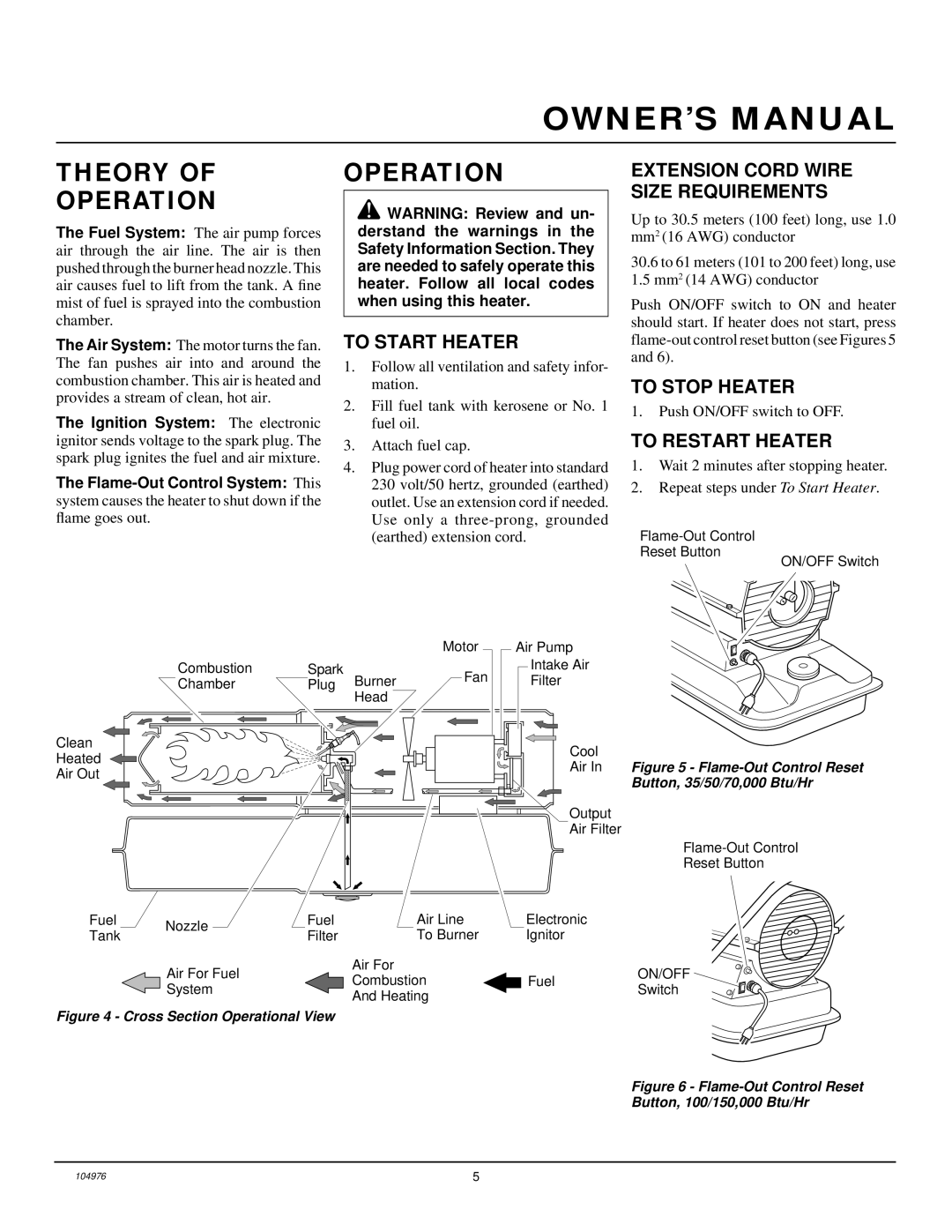NTH35, NTH70, NTH100, NTH50, NTH150 specifications
Desa NTH series consists of exceptional products designed to meet diverse demands in various applications. With models including NTH150, NTH35, NTH70, NTH100, and NTH50, this series offers a range of specifications and capabilities that cater to both residential and commercial needs.The NTH150 model is the flagship in the series, featuring a powerful performance with a high output capacity. This model excels in energy efficiency, making it an exemplary choice for users aiming to reduce operational costs while preserving peak performance. With advanced temperature control systems, the NTH150 provides consistent and reliable results in various environments.
Moving to the NTH35, this model is designed for smaller applications while still ensuring high efficiency. It is compact and user-friendly, making it an ideal choice for domestic use. The NTH35 incorporates intuitive controls that allow users to easily monitor and adjust settings, thus ensuring optimal performance that meets the specific needs of smaller spaces.
The NTH70 strikes a balance between power and compactness, making it a versatile option for medium-range applications. This unit is designed with robustness in mind, incorporating durable materials that ensure longevity. It's equipped with smart sensors that track and adjust performance, maximizing efficiency and reducing wastage.
The NTH100 is known for its adaptability in various settings. It features a sleek design and is equipped with the latest technological advancements, including smart connectivity options. Users can effortlessly integrate the NTH100 into their existing setups, allowing remote monitoring and control through a mobile app. This feature enhances convenience and operational efficiency.
Lastly, the NTH50 serves as a practical solution for users seeking a middle ground between power and energy efficiency. With a well-rounded set of features, it accommodates diverse applications while promoting sustainability. Its straightforward interface simplifies operation, allowing even novice users to achieve optimal performance.
In summary, the Desa NTH series, comprising NTH150, NTH35, NTH70, NTH100, and NTH50, showcases a blend of innovation, efficiency, and ease of use. Each model is tailored to meet specific needs while providing advanced features and technologies that enhance performance and functionality. Users can confidently select a model from this series, knowing that they are investing in reliable, high-quality products that will stand the test of time.

